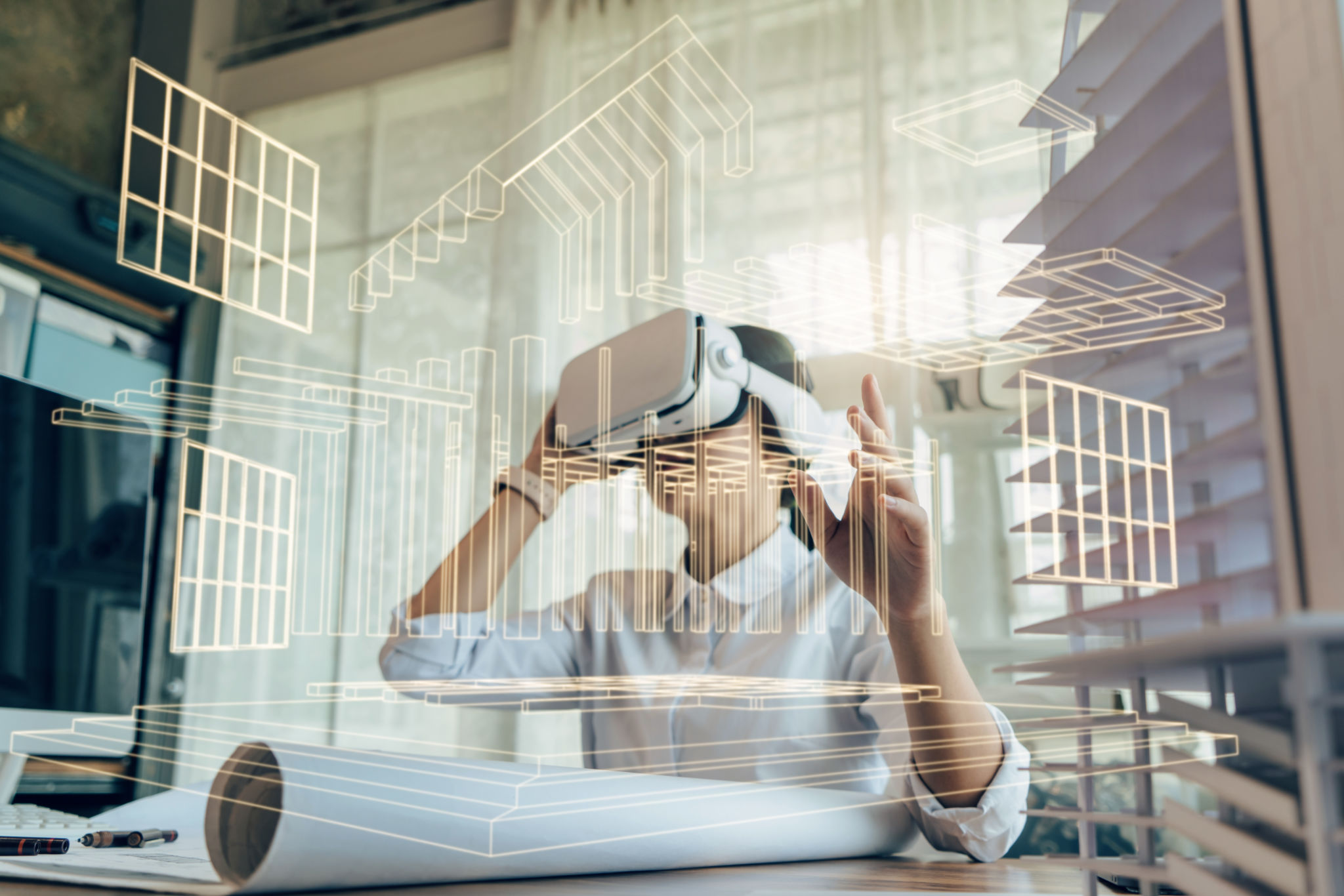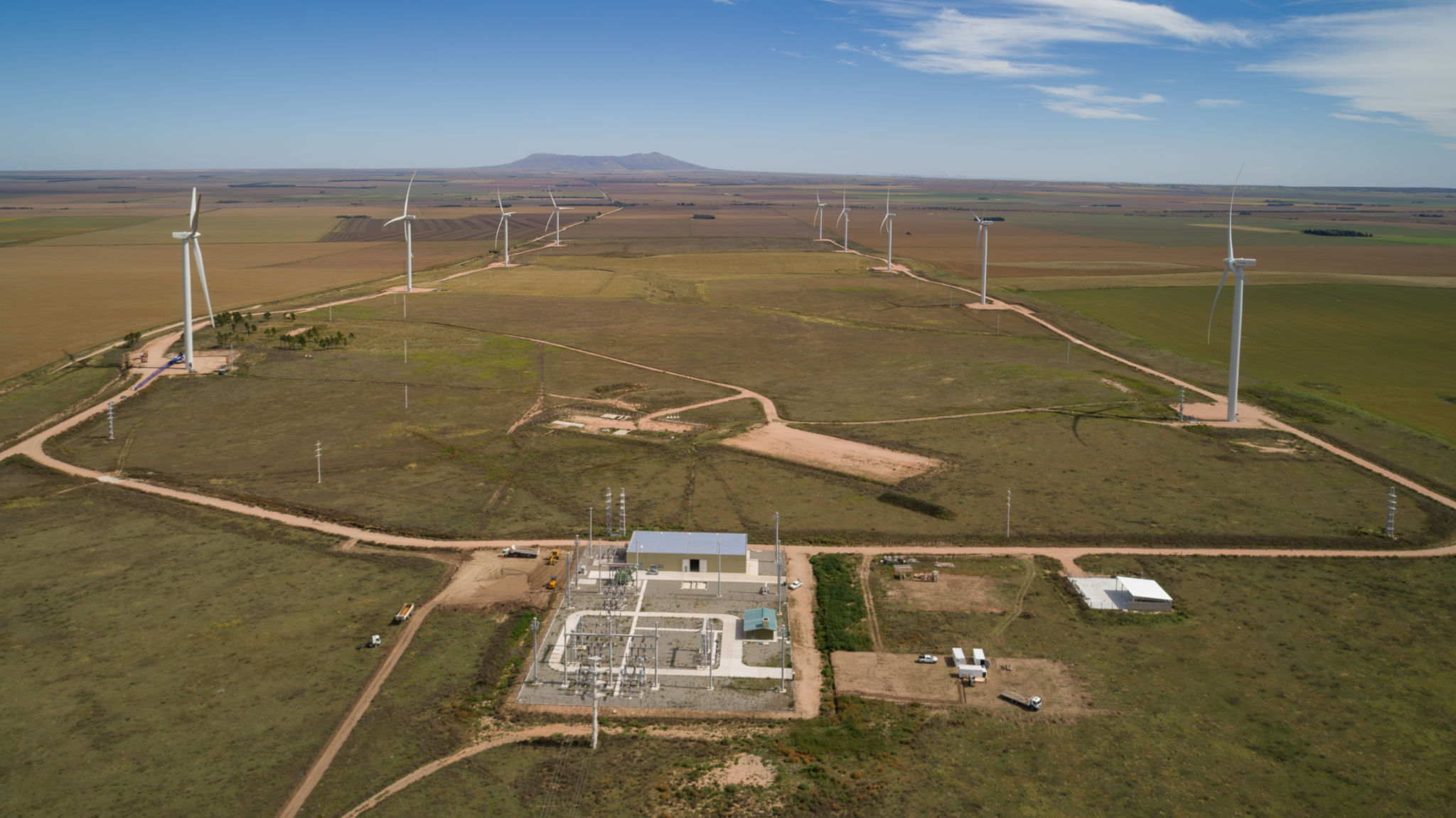The Impact of Technology on Architectural Design in Argentina
Introduction to Architectural Evolution in Argentina
In recent decades, technology has profoundly transformed various sectors, and architecture in Argentina is no exception. The integration of advanced technology into architectural design has not only revolutionized how buildings are conceptualized but also how they are constructed and maintained. This technological shift has enabled architects to push the boundaries of creativity while addressing the unique challenges posed by Argentina's diverse landscapes and climates.
Historically, architectural practices in Argentina were rooted in traditional methodologies. However, the advent of digital tools and software has changed the landscape, allowing for more innovative and sustainable designs. These advancements have made it possible to create structures that are not only aesthetically pleasing but also environmentally conscious.

Digital Tools Enhancing Creativity
The introduction of Computer-Aided Design (CAD) and Building Information Modeling (BIM) has significantly enhanced the creative process for architects in Argentina. These tools facilitate precise planning and visualization, enabling architects to explore complex geometries and innovative forms that were once difficult to achieve. With BIM, architects can create detailed 3D models that help in visualizing the project's final outcome before the construction begins.
Additionally, virtual reality (VR) and augmented reality (AR) are being increasingly utilized in architectural design. These technologies allow architects to offer clients immersive experiences, providing a realistic preview of spaces before they are built. This not only improves client satisfaction but also aids in making informed design decisions early in the process.

Sustainability Through Smart Solutions
As sustainability becomes a global priority, architects in Argentina are leveraging technology to design energy-efficient buildings. Smart building technologies, such as automated lighting, climate control systems, and energy management platforms, are becoming integral to modern architectural designs. These innovations help reduce the carbon footprint of buildings while optimizing comfort and efficiency for occupants.
Sustainable design is further supported by advancements in materials science. The use of eco-friendly materials, coupled with technology-driven design strategies, allows for the creation of structures that harmonize with their environment. Architects are now able to design buildings that not only meet aesthetic goals but also enhance environmental sustainability.

Challenges and Opportunities
While technology offers numerous benefits, it also presents challenges for architects in Argentina. The rapid pace of technological advancement requires continuous learning and adaptation. Keeping up with new tools and methodologies can be demanding, especially for small firms with limited resources.
Nonetheless, these challenges present opportunities for growth and innovation. By embracing technology, architects can differentiate themselves in a competitive market and contribute to the evolution of the architectural landscape in Argentina. The integration of technology into architectural education is also crucial, preparing future generations of architects to excel in a digitally-driven world.
The Future of Architecture in Argentina
Looking ahead, the role of technology in architectural design in Argentina is poised to expand even further. Emerging technologies such as artificial intelligence (AI) and machine learning are likely to play a significant role in future architectural practices. These technologies have the potential to automate routine tasks, optimize designs for sustainability, and even predict future trends based on data analysis.
As these technologies continue to evolve, they will undoubtedly shape the future of architecture in Argentina. Architects who embrace these changes will be at the forefront of innovation, creating designs that not only captivate aesthetically but also stand as paragons of sustainability and efficiency.